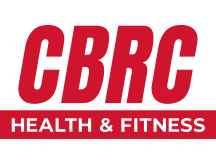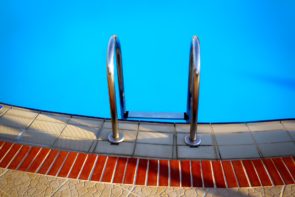You’ve decided to set a goal for yourself. You’re going to compete in a Triathlon.
You want to improve your fitness and challenge yourself.
You feel good about getting started. But then you realize something.
You’ve got to train.
And the first part of a triathlon is in the water.
Hmm. What to do?
First, stop panicking and put down the paper bag. You can do this. If you need to be reminded why you want to do this to begin with, you can reread last week’s blog post here.
Now, let’s come up with a training plan.
Most adult Americans have some degree of swimming skill. But most of those never took lessons after childhood and can’t last for an extended period in the water.
If that’s you, the first thing you want to do is get some adult swim lessons. Don’t go it alone. If you do, you will develop bad habits.
Those bad habits will keep you from achieving your goal, as all your energy will be spent just trying to stay above the water. And worse, those habits can lead to injury.
Spend some time with a swim instructor. We have some great ones here at CBRC. They can help you develop good swim habits, so you don’t waste useful energy, and you protect yourself.
If you can’t afford frequent lessons, try doing it just once a month. You can learn a new technique, and then spend the rest of the month working on that. It’s better to work on just a few things at a time and slowly improve your form, than it is to injure yourself, and lose your chances of hitting your goal.
What if you’re already a good swimmer, and just need to train? We recommend three sessions per week.
One day will be your technique day. Spend your pool time really drilling down and making sure you have good form. Don’t worry about speed or distance. Just improve your technique.
Day two is your speed day. Based on your current fitness level, you can do sets of 50 meters, up to sets of 200 meters. You want to do a slow lap, followed by a medium lap, and then a sprint lap. Push yourself until you’re completely out of breath.
What you’re trying to do is extend your lactic acid threshold. You want to be able to go longer and longer before your muscles start to hurt from the lactic acid buildup.
The third day is your strength and endurance day. For strength, you can try dragging a buoy or fins to add resistance to your swim. For endurance try to do longer and longer sets without a break. As you get better, you set time goals for your distance swims.
On the days you’re not in the pool, work on building your core strength. Simply put, a better core equals a better swimmer.
If you want a custom training plan, built around your goals, fitness level, and swimming ability, contact Jeni Asmus. She’s one of our local swim/triathlon experts. She will get you moving in the right direction.
One last word of advice. Most triathlons start in a river, lake, bay, or some other natural body of water. Not in a swimming pool.
But you should always start your training in a pool. Get comfortable in the controlled environment, with a lifeguard present. Practice wearing your wetsuit in the pool.
Then, when you’re ready, you can grab a friend and get in the river. Never swim alone in the river. You don’t know when you might need a little help.
Next week we’ll learn about how to train for the bike ride. So, stay tuned and leave any comments you have. We’d love to hear your thoughts.
We wish you good health,
Columbia Basin Racquet Club

